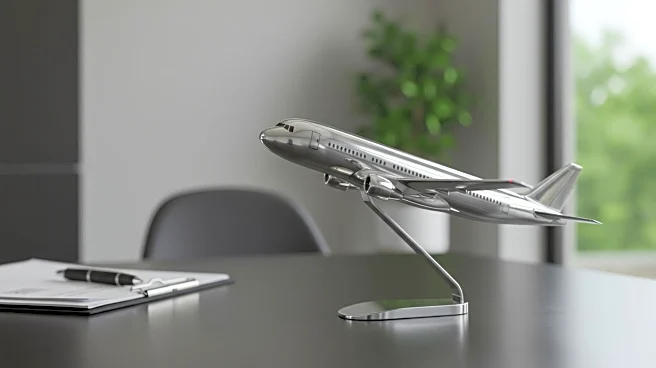What's Happening?
Spirit Airlines is reportedly on the brink of filing for Chapter 11 bankruptcy for the second time, just five months after exiting its previous bankruptcy. The airline has engaged PJT Partners to explore strategic alternatives as it faces ongoing financial challenges. Despite restructuring its debt during the last bankruptcy, Spirit Airlines has continued to struggle financially, with significant losses reported in the second quarter of 2025. The airline has been unable to adapt to changing consumer preferences and has lost its cost advantage, leading to a deteriorating financial position. The company has also faced operational challenges, including furloughing pilots and reducing capacity.
Why It's Important?
The potential bankruptcy of Spirit Airlines could have significant implications for the U.S. airline industry. As a low-cost carrier, Spirit has played a crucial role in driving down airfares and increasing accessibility to air travel. Its financial struggles highlight the challenges faced by airlines in adapting to post-pandemic consumer demands for premium services. The airline's potential exit from the market could lead to reduced competition and higher prices for consumers. Additionally, the situation underscores the broader financial vulnerabilities within the airline industry, particularly for smaller carriers that lack the resources to weather prolonged economic downturns.
What's Next?
If Spirit Airlines proceeds with a second bankruptcy filing, it will need to develop a comprehensive restructuring plan to address its financial and operational challenges. This may involve further cost-cutting measures, renegotiating contracts, and potentially seeking new investment. The airline's future will also depend on its ability to adapt its business model to meet changing consumer preferences. Industry stakeholders, including competitors and regulators, will be closely monitoring the situation, as Spirit's potential exit could impact market dynamics and pricing strategies across the sector.











